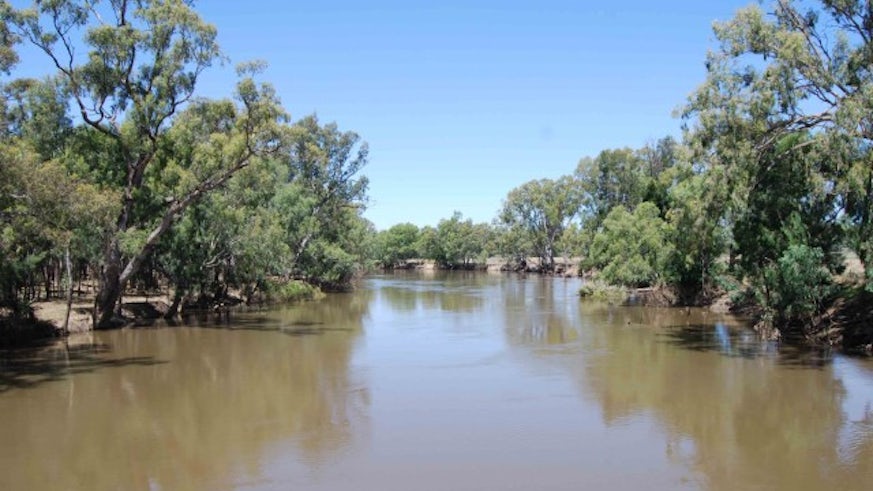The dos and don'ts of hydroclimate metric use
22 May 2018

Evaluating the scientific validity of qualitative metrics used in climate change impact research.
Information and analysis of how hydrological systems respond to climate change is important to support best practice water planning decisions. However, the development of projections for hydroclimate metrics - quantitative indices that are intended to capture features of a hydrological system - is confronted to conceptual and technical challenges.
Evaluating the scientific credibility and adequacy of future scenarios for water availability and hazards is a complex task. Challenges arise when metrics are calculated without considering the limitations of underpinning climate and hydrological modelling system. Knowledge of the most robust metrics can however help measure future hydrological change more easily.
The article “Robustness of hydroclimate metrics for climate change impact research”,co-written by Dr Marie Ekström, reviews the types of hydrometrics that are most widely applied in climate change investigations, and evaluates whether these may or may not be appropriate for use under climate change. It recommends that greater consideration should be paid to the purpose of employing a metric and its component parts, to determine whether it is robust under climate change or whether another metric would be more appropriate.
For more information, please visit the Advanced Science News website.
